II.2.10,13,14ab
2/19/2022
Where are we? Algebraic geometry. Geometry implies shapes. Spectra take
algebraic structures and make shapes out of them. Some of these shapes, surely,
are visualizable. Thus, it has been resolved that when possible, spectra should be
drawn and entered into the Record by the clerk, this rule applying retroactively:
Starting with the end: The final scheme, SpecZ:
It's the prime numbers. And the generic point 0 spreading its webs everywhere.
Then there was Speck (k a field), which looks like this:
It's just a singleton. A single point. Oh and, Spec(k[ϵ]∕(ϵ2))? Same thing:

It was just a point, although this point has a significantly type of geometry than
the one above it.
We also saw the initial scheme Spec0, which looks like this:

Nothing. An empty set.
2.10: High School Algebra

Here's a "basic" one. High school sucked for everyone, so let's get this over with quickly. Yes, our guy is denoting ℝ the real numbers, and ℂ the
complex numbers. We're going to compute the spectrum of real polynomials
ℝ[x].
Note that ℝ[x] is a PID, hence it is also a UFD, and these two facts combined
mean that we're in the lovely "I'm looking for prime ELEMENTS" and prime ⇔
irreducible case.
Q: If you have a real polynomial in a single variable, (e.g. x4 + 3x2 + 1 or
something), what does its factorization look like in general?
A: It factors into linear factors and irreducible quadratic factors.
So those are our primes. Basically, we have all of these guys:
x - 0,x - 1,x -
 ,x - 2,x - 2.5,x - 3,x - π, etc. So basically, I can
identify these linear polynomials with the real numbers in ℝ.
,x - 2,x - 2.5,x - 3,x - π, etc. So basically, I can
identify these linear polynomials with the real numbers in ℝ.
And then we have a bunch of irreducible quadratics, e.g. the most famous one
x2 + 1, which correspond to complex numbers in ℂ. E.g. x2 + 1 corresponds to
i,-i. In fact, you might remember that when you factor real polynomials, the
complex factors always come in conjugate pairs. So if 3 + i is a factor, so is 3 -i.
So here's my drawing of Specℝ[x]:
Very simple. It's just the usual complex plane except that I glued the negative
imaginary axis with the positive imaginary axis since the conjugates come in
pairs. And there's the generic point (0) sending its webs out everywhere. NOTE:
Do not get (0) confused with the origin, which is x - 0. Abuse of notation.
Also, since (0) is a generic point for the whole space, by an analagous argument
as we performed for SpecZ, the structure sheaf just produces classic rational
functions that are nonzero on the given open set.
2.13: Noetherian stuff

After varieties, it's tempting to assume spectra are quasi-compact and Notherian and stuff when they might not be, so here are some conditions where we get such "nice" spectra.
A

We'll start with the "only if":
Suppose X is Noetherian. Let U ⊂ X be open, and take
 |
to be an open cover of U, weeding out any extraneous sets in this collection (if Ui
can be covered by a buncha Uj's in the collection, get rid of the Ui). After the
weeding out, if we get a finite open cover, great. Otherwise, take be a countably
infinite subset of the cover and order it in a random fashion, yielding a sequence
U1,U2,U3,…. I'm gonna define
 |
In that case,
 |
is a descending chain of closed sets of X (properness following from our
"weeding out"), but this contradicts Noetherianness of X. So we're done.
⇐=
Now we suppose every open set is quasi-compact. Let
C1 ⊃ C2 ⊃ C3 ⊃
 |
be a descending chain in X. Then, taking complements
X - C1 ⊂ X - C2 ⊂ X - C3 ⊂
 |
Then
 |
is an open set, and thus has a finite cover, which means that the chain terminates.
B
 |
where Uαi = X - V (αi). So
| X | = X -⋂ i∈IV (αi) | ||
 ∅ ∅ | = ⋂ i∈IV (αi) | ||
 ∅ ∅ | = V (∑ i∈Iαi) | ||
 V (1) V (1) | = V (∑ i∈Iαi) |
which implies, reordering indices for convenience, there are f1…,fn in α1,…,αn
repectively, such that
 |
where no prime ideal P contains ϵ. So we can replace the infinite sum with a
finite sum:
 |
and unwrapping and complementing gives us our finite open subcover.
Also, an example of a nonNoetherian spectrum is... let's see...... the
infinite variable polynomial ring looks like it works.
C

So we want to show that if A is Noetherian, then so is SpecA. This is easy. Let
V (α1) ⊃ V (α2) ⊃ V (α3) ⊃
 |
be a descending chain, which means that
 ⊂ ⊂
 ⊂ ⊂
 ⊂ ⊂
 |
which terminates because A is Noetherian. And since V (
 ) = V (α)
, we're
done.
) = V (α)
, we're
done.
D

See here (+1).
2.14
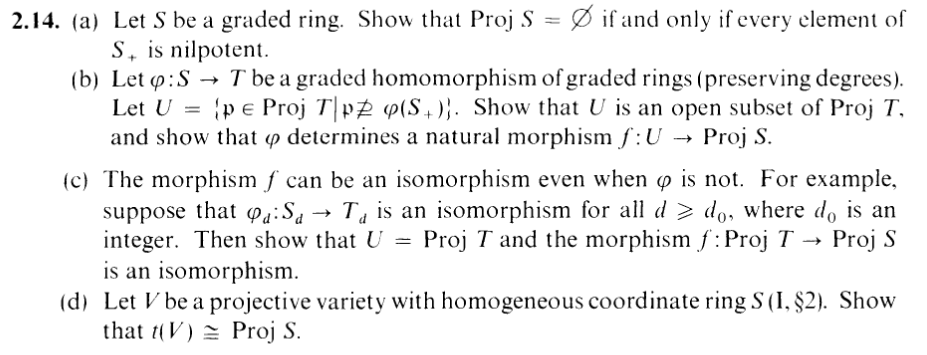
For context: ProjS:
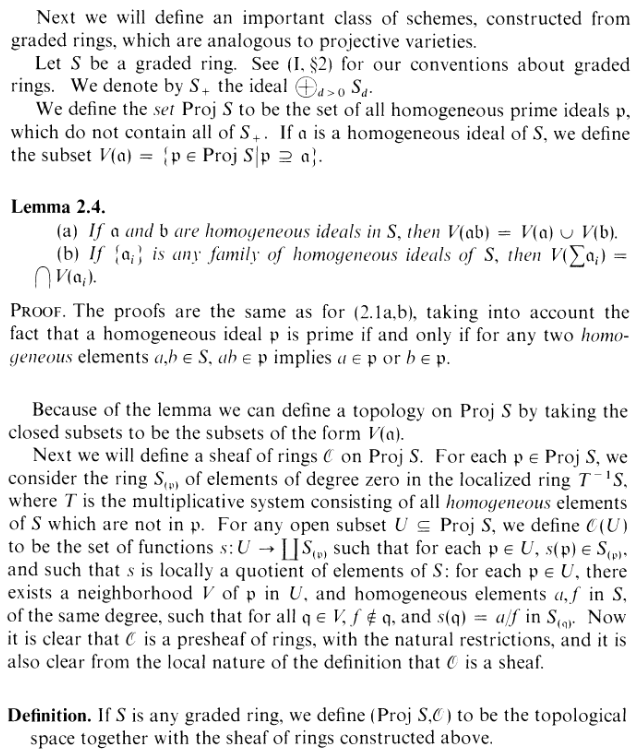
Which is indeed a scheme by prop 2.5
A
if
We suppose every element of S+ is nilpotent. In that case, let P be a
(homogenous) prime ideal. 0 ∈ P, of course. And given any a ∈ S+, there is
n > 1 where an = 0, so a ∈ P. But since a ∈ S+ was arbitrary, S+ ⊂ P,
which means that P
 ProjS by the definition of Proj. And since P was
arbitrary, ProjS = ∅.
ProjS by the definition of Proj. And since P was
arbitrary, ProjS = ∅.
only if
Again, we want to prove that:
 |
Let s ∈ S+. Okay. There is a wonderful little construction called the nildradical.
It's the radical of (0), i.e., just all the nilpotent elements smashed together into a
set:
 |
(it's a proper ideal, cause otherwise we'd have 1 = 0)
Now, if this ideal were prime, we'd be done. Because thanks to ProjS = ∅,
we'd know that
 ⊃ S+, which is exactly what we're looking for. However,
that isn't guaranteed.
⊃ S+, which is exactly what we're looking for. However,
that isn't guaranteed.
I've been in a terrible mood–dizzy and tired all day, no matter how healthy I eat,
or how much coffee I drink, or how much I sleep. I feel dizzy, useless, migrained. Is
it depression? Nope. Its seasickness. No wonder the coffee isn't working.
Seasick-on-land, itchy on the arms, always feeling out-of-place, underneath my
comrades, homesick for a home warped out of its homely state–stuff my nose
against fleshrot. At my desk with logistics for two days and two nights under a
sack sanctioned and brushed under the rug by none other than myself, and
as my spirits' stomachs and sanity and numbers and spirits wane, the further the
inevitable return journey will be. And yet you press on, while self-preserving,
just in case. Screams of women, God, someone shut the door. This isn't
Romantic at all. What if it's time to turn back? How quickly can you get
over your mistakes? WHACK. What is the relationship between means
and ends? Are you able to see two days and two nights of failure as a
mere blip in the grand scheme of things? In the first minute, two boys
both lament the lack of prime-ness. Mal de debarquement. They start on
the same square. But as the hours tick, and the sky reddens, one feels
the impression of time more deeply than the other. Their paths begin to
veer off. They both think, this is ridiculous, but one resolves to do the
right thing, with meticulous localizations and numbers, while the other
begins to realize that he can get there faster if a plays a darker game, and
starts drinking more coffee, sees the seas in land–that type
to not turn his head away from constructing pyramids made out of
decapitated heads–pyramids made out of lies–and latches onto that terrible
idea of something that can't be constructed. Not even in the mind. You
think innocently first, and then, pathologically. I'm soulless at present. I
need a few days to recover my soul. Ahhh, someone give me a hand, or
I'll have to do it myself. Who makes themselves felt on the President's
desk on the morning-of? How do you lie in your letter to snipe the rest?
.
.
.
.
.
.
.
.
.
.
.
.
.
.
.
.
.
.
.
.
.
.
.
.
.
.
.
.
"I had to use Zorn's Lemma. There was no other way."
B
Natural map
Let's not put the cart before the horse: Let's assume U is open now (why would
we want that to be open anyway?). Denote X = ProjT and Y = ProjS. Let's
define:
| f : U | → ProjS | ||
| P |
 ϕ-1(P) ϕ-1(P) |
Since the inverse image of prime ideals are prime. But hold on. Q = ϕ-1(P)
may not be a valid member of ProjS, if Q ⊃ S+. Now that's why we defined
U. Note:
| ϕ-1(P) ⊃ S + | |||
 ϕ(ϕ-1(P)) ⊃ ϕ(S
+) ϕ(ϕ-1(P)) ⊃ ϕ(S
+) | |||
 P ⊃ ϕ(S+) P ⊃ ϕ(S+) | cheatsheet | ||
 P P
 U U |
which is the contradiction. So ϕ-1(P) ∈ ProjS as needed.
Now to define the associated sheaf map. Given V open in Y , we want
 |
In which case, we can take a natural restriction of a map
 |
NATURAL: Compose with the induced maps of stalks ϕP.
U is open
Reconsider:
 |
This would be immediate if ϕ(S+) were an ideal, but that isn't necessarily the
case. So we'll try and force our way in: Let's consider the smallest ideal containing
it. My argument is that I can replace ϕ(S+) with the ideal I = (ϕ(S+))
generated by it. Now, P ⊋ ϕ(S+)
 P ⊋ I, trivially, so I want to show
the reverse of this statement. Let's suppose P ⊋ I. Then there is some
f ∈ I such that f
P ⊋ I, trivially, so I want to show
the reverse of this statement. Let's suppose P ⊋ I. Then there is some
f ∈ I such that f
 P. We can assume wlg that f is homogenous (if
f = f0 +
P. We can assume wlg that f is homogenous (if
f = f0 +
 + fn, then if fi ∈ P for each i, then f ∈ P). Then by
definition of I, I can write f = x ⋅ ϕ(g). If ϕ(g) ∈ P, then x ⋅ ϕ(g) ∈ P i.e.
f ∈ P, a contradiction. So ϕ(g) ∈ ϕ(S+), but ϕ(g)
+ fn, then if fi ∈ P for each i, then f ∈ P). Then by
definition of I, I can write f = x ⋅ ϕ(g). If ϕ(g) ∈ P, then x ⋅ ϕ(g) ∈ P i.e.
f ∈ P, a contradiction. So ϕ(g) ∈ ϕ(S+), but ϕ(g)
 P. So P ⊋ ϕ(S+).
P. So P ⊋ ϕ(S+).
More next weekend.



